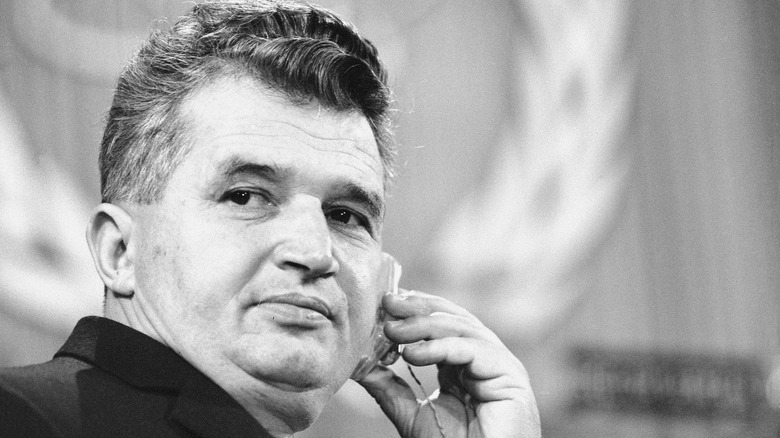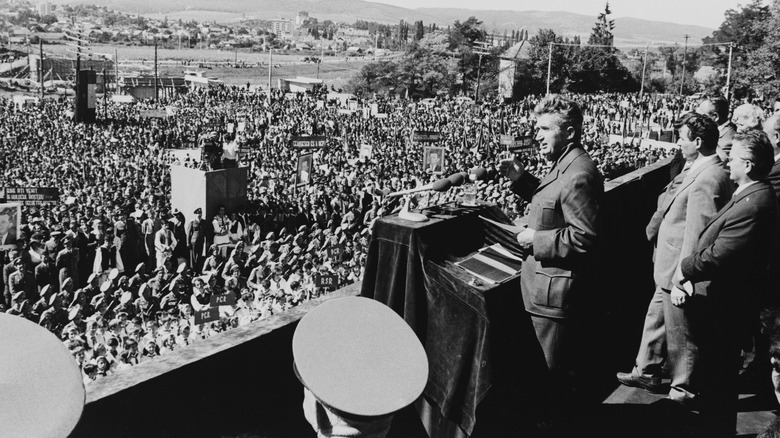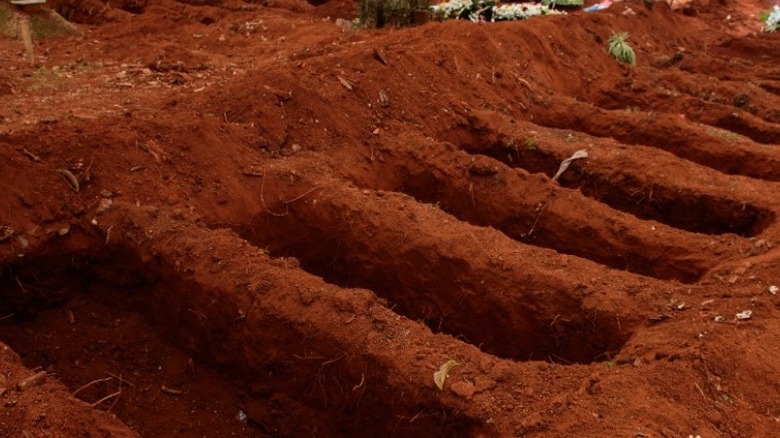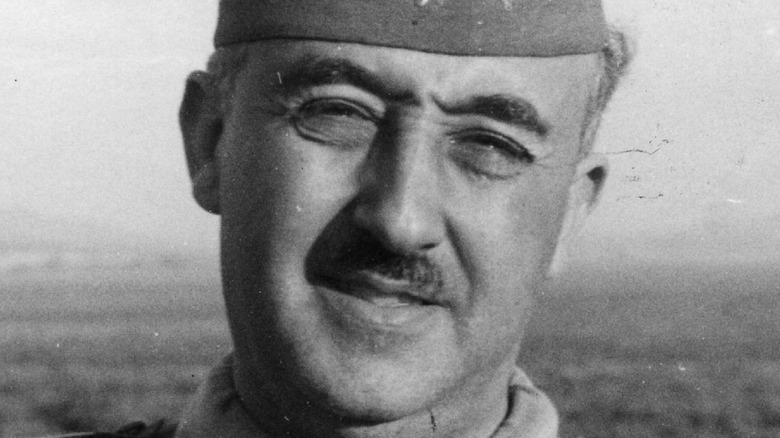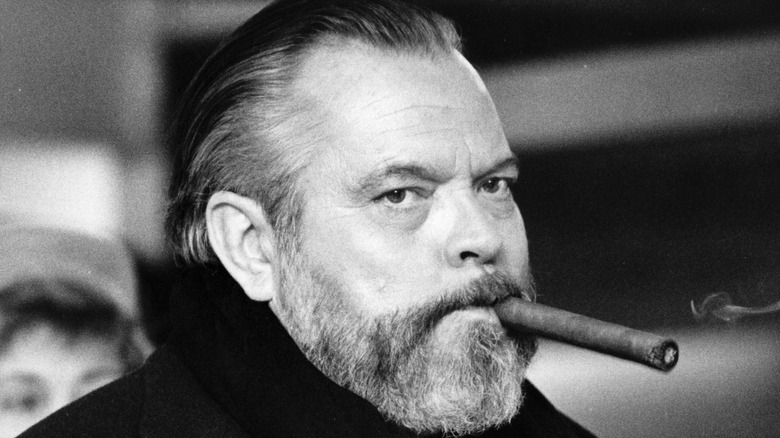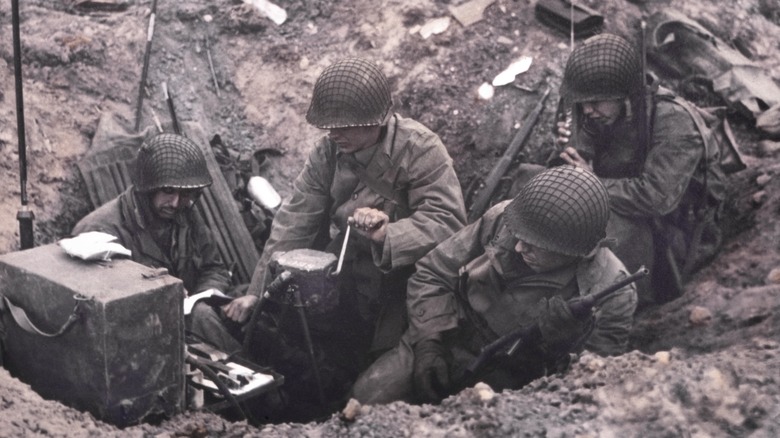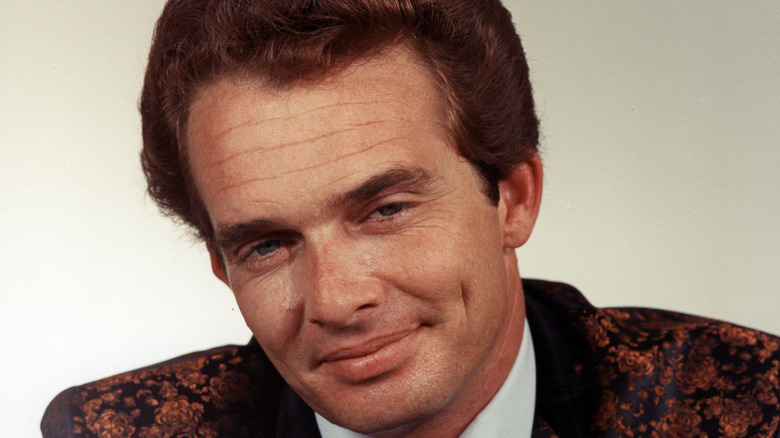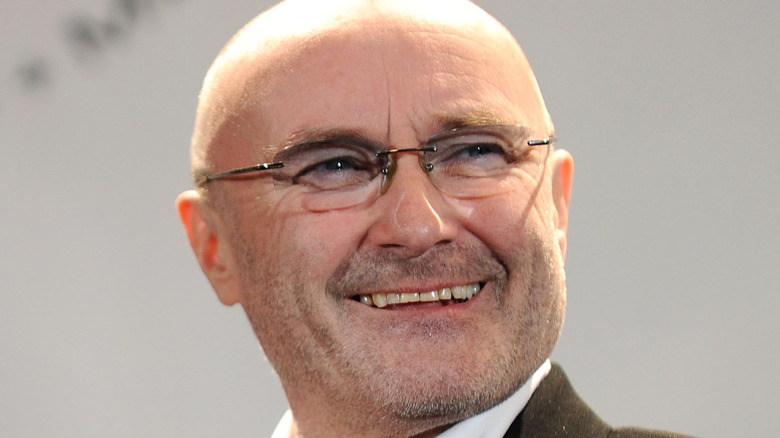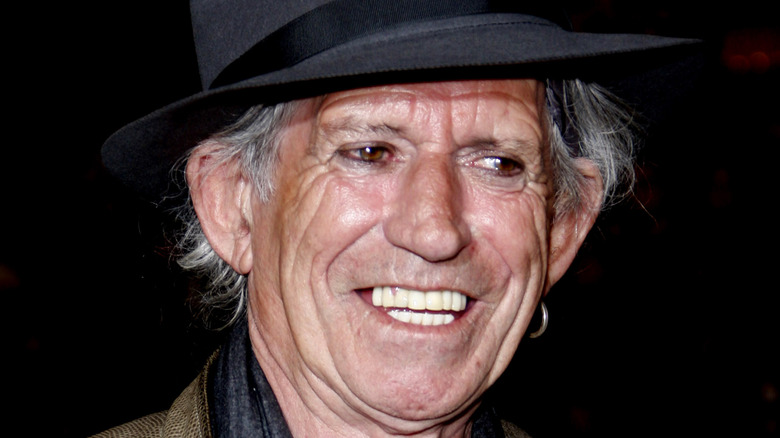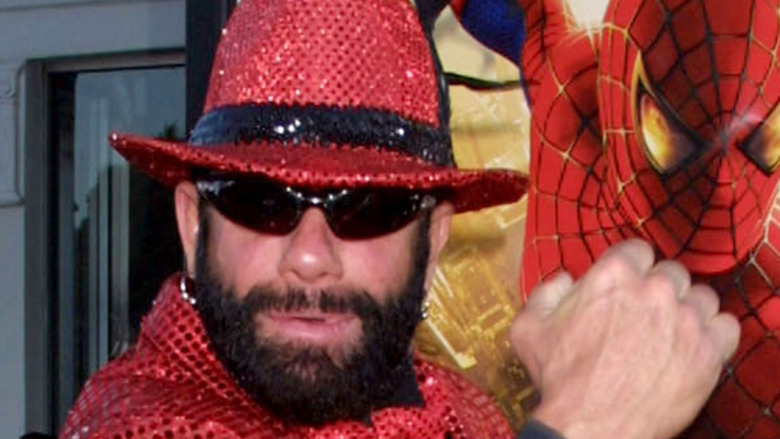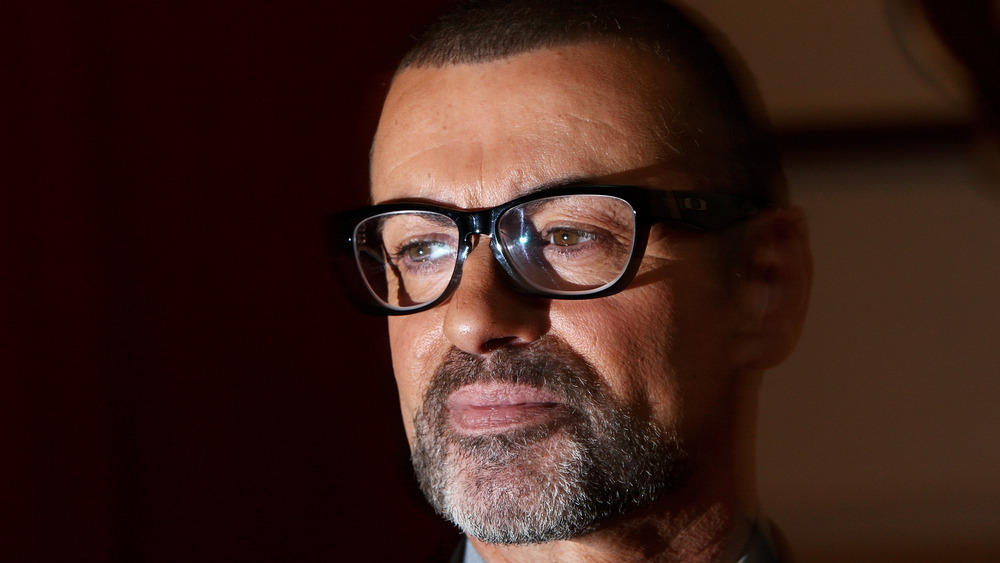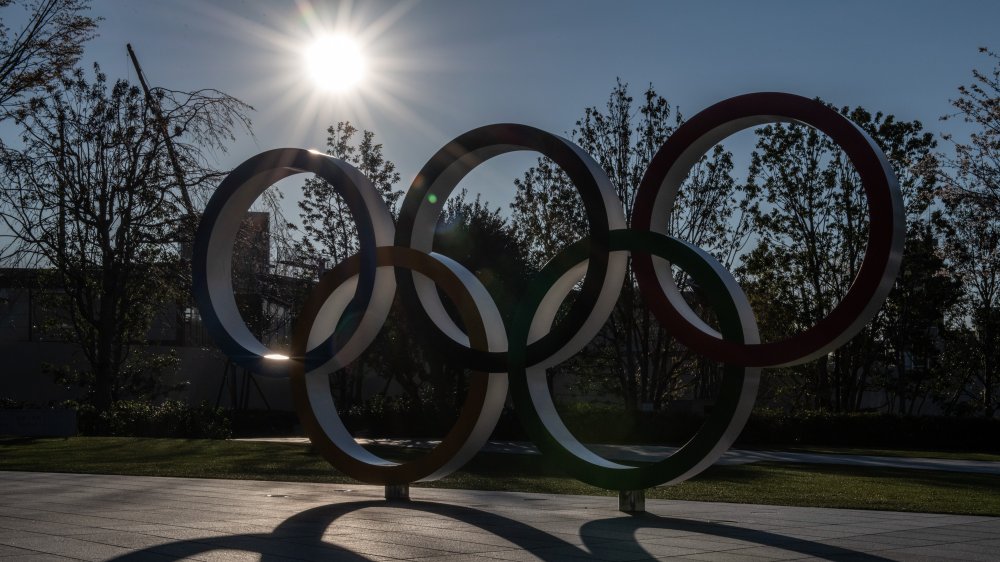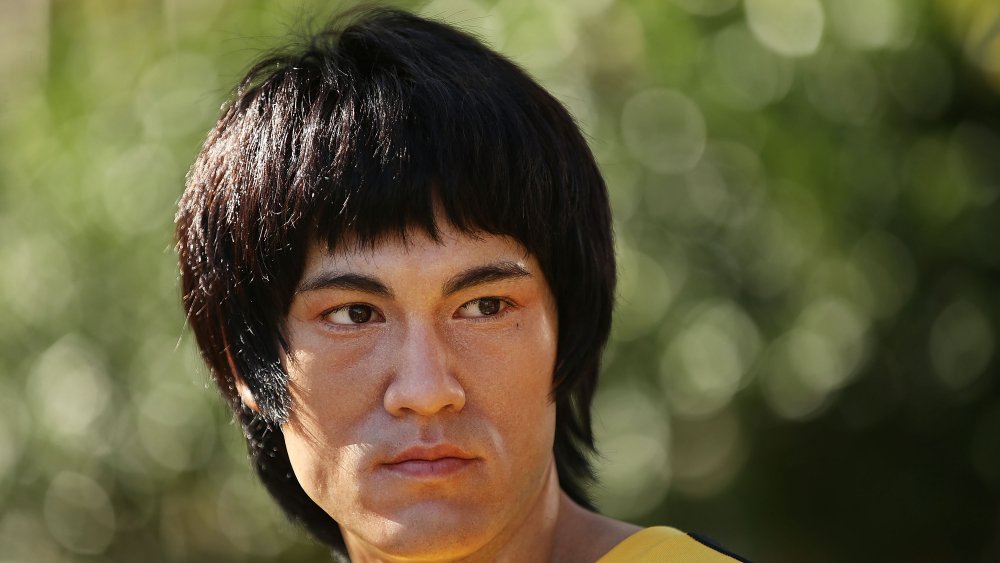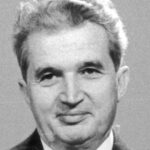
The Truth About Nicolae Ceausescu’s Corpse
Nicolae Ceausescu ruled Romania without mercy during the final decade of Eastern Europe’s Iron Curtain at the end of the Cold War. These puppet Soviet governments were well known for their brutal dictatorships, many of which used their militaries against their own citizens. A true cult of personality type, Ceausescu captivated fellow Romanians with his dynamic charisma and bombastic national addresses.
Persona aside, Ceausescu had been leading his people toward financial ruin since he was made the effective head of state in 1967 — though he wasn’t elected president (a new post) until 1974. Disastrous foreign industrial ventures sent the Romanian economy into a tailspin, as debt continued to skyrocket out of control (via Britannica). In an effort to repay this debt, Ceausescu ordered the export of domestic goods at a rate not seen before. This resulted in mass shortages in food (via Biography). The standard of living among Romanians was at an extremely low level, matching their morale. With tensions rising, unrest was on the horizon.
Ceausescu also began to openly defy Mother Russia, breaking away from then-leader Mikhail Gorbachev. Gorbachev was pushing for broad economic reforms across the Soviet Union and the smaller nations in eastern Europe. Ceausescu went a different route, citing centralized planning as the best way for his country to return to a normal standard of living (via Biography). This proposed economic plan, combined with Ceausescu’s authoritarianism, would quickly lead to his downfall.
Missteps and total control
As the standard of living continued to decline among Romanians, Ceausescu used his authoritarianism to take drastic measures. In a desperate attempt to increase the Romanian population, Ceausescu declared Decree 770, a law that effectively made abortions and contraceptives illegal. Of course, this led to many Romanian women injuring or killing themselves when they were forced to use other secretive methods to avoid or terminate pregnancies (via Britannica).
In a real Hail-Mary attempt at boosting agricultural production, Ceausescu threatened the demolition of villages with populations of less than 2,000. The residents of these villages would then theoretically be relocated to agrotechnical centers, where they would be forced to farm (via Britannica).
These severe overreaches weren’t the only reason for the citizens’ growing hostility toward their leader. Ceausescu was also heavily censoring any foreign media and squashed the concept of free speech like a bug. Further, Ceausescu placed his wife and family members in high and prominent government positions. The dictator and his wife flaunted their lifestyle to his subjects.
In 1987, anti-Communist rebels ransacked Communist Party headquarters in Brasov (via Biography). Records were destroyed, as was a large painted portrait of Ceausescu. This rebellious act was just the beginning of a growing movement to oust the tyrant.
Ceausescu removed
The beginning of the end for Ceausescu was on December 17, 1989. While speaking to a crowd in the city of Timișoara, a small number of citizens began yelling and jeering (via Britannica). As more and more in the crowd joined in, a visibly shaken Ceausescu ordered his security detail to open fire into the crowd. When they refused to do so, Ceausescu abruptly fled.
Five days later, on December 22, growing demonstrations had made their way to the Romanian capital of Bucharest. Rather than put down what was growing into a revolt, the Romanian army defected to the side of the demonstrators (via History Collection). Knowing his life was in grave danger, Ceausescu made the decision to flee the capital for safer lands. He and his wife took refuge in a helicopter and ordered the pilot to take them to their other residence in Snagov (via Associated Press). After a brief stop, though, the party then went skyward again.
Ceausescu’s pilot, on orders from the dictator, landed the aircraft near the city of Târgoviște (via Associated Press) though away from the airfield, in an attempt to avoid capture. Despite reportedly commandeering a car and driver, Ceausescu and his wife were captured by workers at a nearby factory and were arrested a short time later and charged with genocide and the undermining of the national economy (via George Mason University).
On Christmas Day, 1989, Ceausescu and his wife Elena were found guilty on all charges at the conclusion of a lightning-fast trial. Not missing a beat, the couple were escorted outside and executed by firing squad minutes after their conviction. But was it really the Ceausescus who were shot, or was it stand-ins?
Who is in the Ceausescu grave?
For years, surviving family members of the fallen Romanian dictator stood firm that the bodies in the graves at Ghencea were not that of Ceausescu and his wife. They protested loud enough over the years that eventually someone with some authority took notice. A judge ordered the bodies to be exhumed, and for DNA tests to be conducted (via BBC).
DNA samples were taken from Ceausescu’s son and brother, as well as from the body of the man in Ceausescu’s grave. The tests showed conclusively that it was indeed Ceausescu who was buried in the Ghencea cemetery. When attempting to retrieve a DNA sample from Elena, forensic scientists found her body to be too far decomposed to provide a good enough sample. However, family members are now satisfied that it is definitely the toppled dictator and wife buried in those graves (via BBC).
Ready to move on, Ceausescu’s son requested the bodies of his parents be reburied. This request was fulfilled almost immediately.
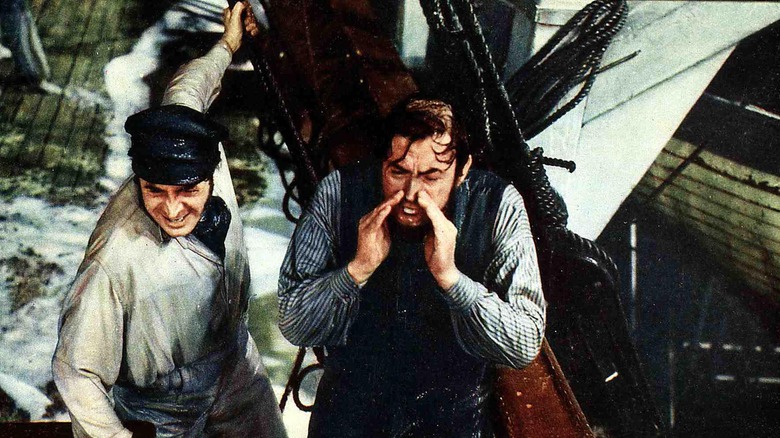
This Popular Coffee Shop Got Its Name From Moby Dick
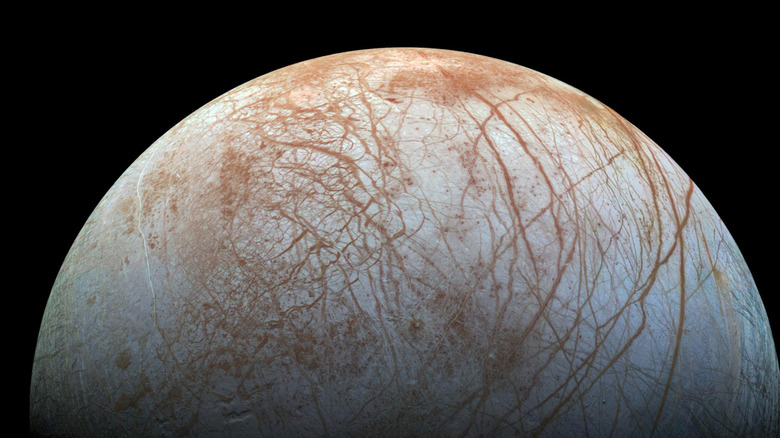
The Mystery Of Europa's Geysers
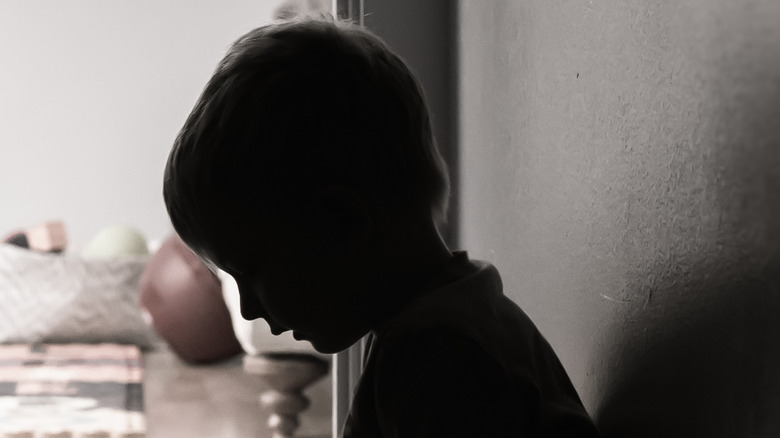
The Beast Of Bastille: The Truth About Guy Georges' Childhood
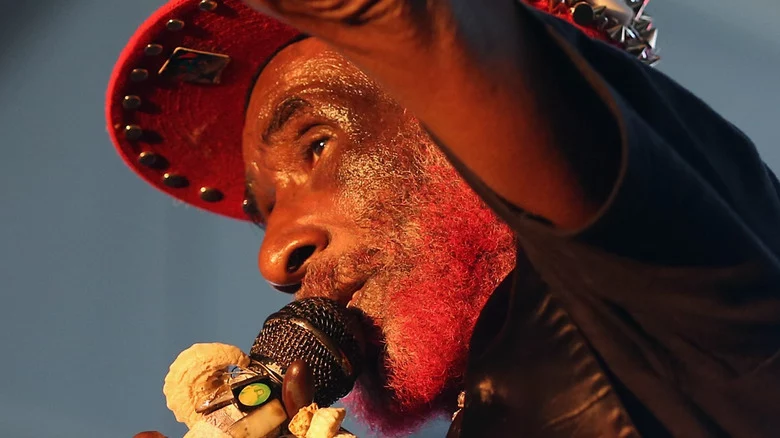
The Heart-Wrenching Death Of Lee 'Scratch' Perry
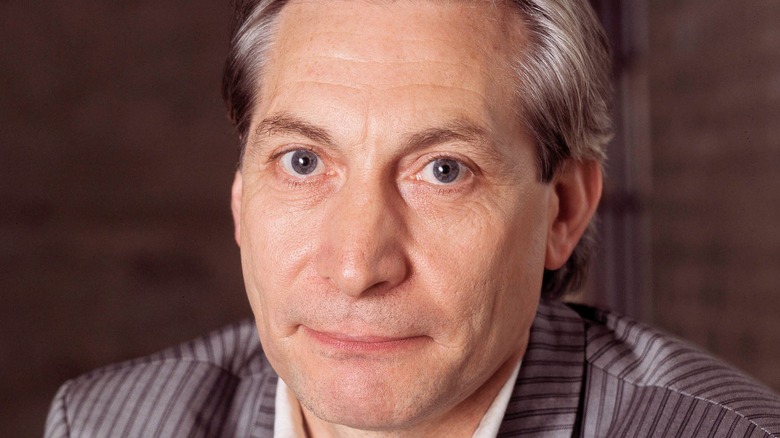
The Truth About Charlie Watts' Battle With Drugs And Alcohol
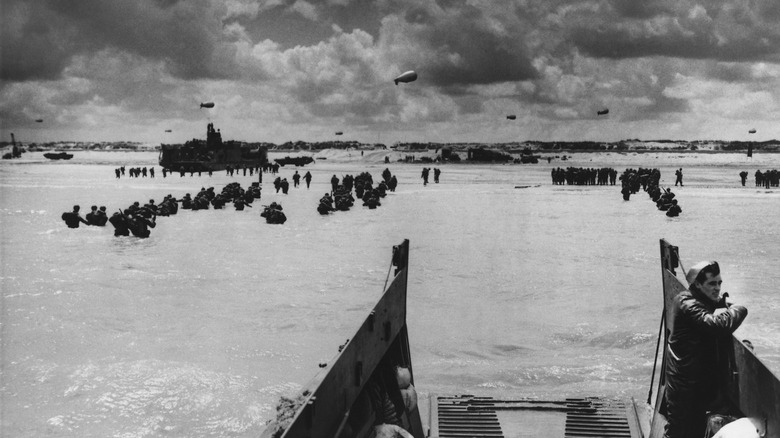
How American History Classes Lie About D-Day

Islands That Hold Dark Secrets
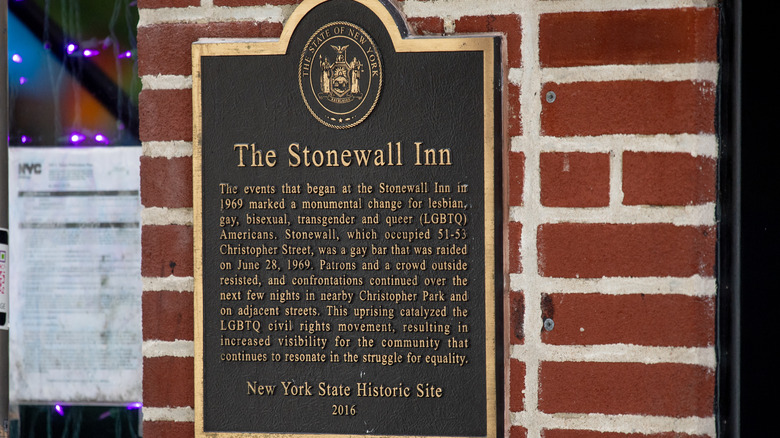
What Happened To The Stonewall Inn?
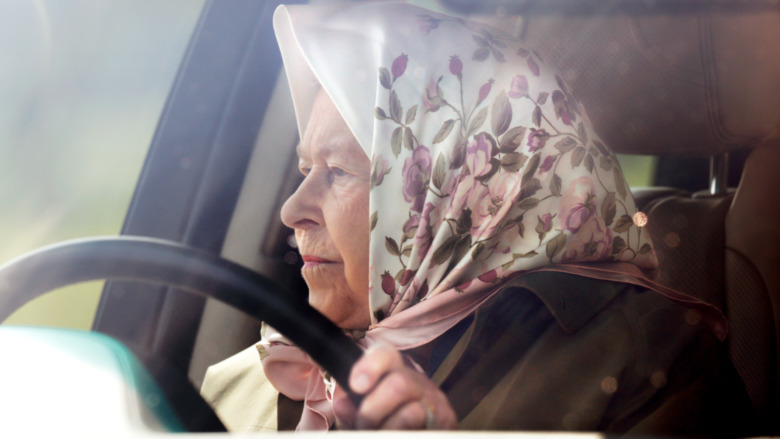
The Real Reason The Queen Doesn't Need A License Plate To Drive Her Car

The Real Reason American Place Names Don't Use Apostrophes
